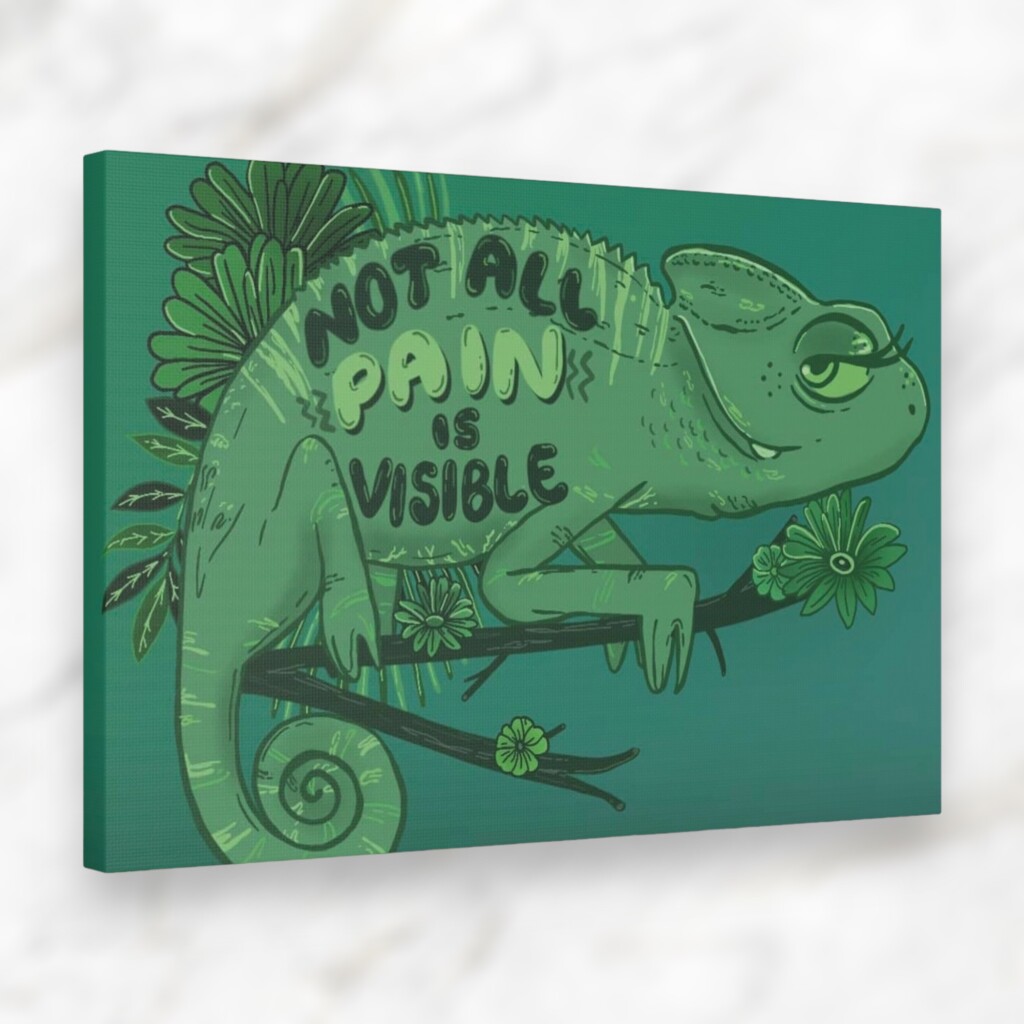In a world that often values what’s visible on the surface, it’s crucial to remember that not all pain wears a recognizable face. Many individuals grapple with challenges that are hidden from view, yet their impact can be just as profound. Join us as we delve into the realm of invisible pain, exploring how to extend compassion, offer assistance, and navigate our own struggles with empathy.

Understanding the Unseen
Invisible pain encompasses a myriad of experiences—mental health battles, chronic illnesses, emotional wounds, and more. These struggles can be isolating, as the absence of physical cues often leads to a lack of understanding from others. Recognizing that pain can manifest in ways beyond what meets the eye is the first step towards fostering empathy.
Extending Compassion
Offering support to someone experiencing invisible pain begins with compassion. Instead of making assumptions, listen without judgment and provide a safe space for them to share their experiences. Avoid dismissive statements like “You don’t look sick,” as they can exacerbate feelings of isolation.
Educating Ourselves
Educating ourselves about various forms of invisible pain is essential in creating a supportive environment. Learn about the challenges faced by those with chronic illnesses, mental health conditions, and emotional scars. This knowledge equips us to offer meaningful assistance and contribute to breaking down stigmas.
Validation and Empathy
Validating someone’s experience, even if we can’t fully understand it, goes a long way. Express empathy by acknowledging their struggles and expressing genuine concern. A simple “I’m here for you” can provide a lifeline of support to someone grappling with invisible pain.
Lending a Helping Hand
Practical assistance can make a significant difference. Offer to help with daily tasks, accompany them to medical appointments, or provide a listening ear when needed. Small acts of kindness demonstrate that you’re there to alleviate their burden, even if you can’t remove their pain.
Navigating Our Own Invisible Pain
If you’re dealing with invisible pain yourself, remember that seeking help is a sign of strength, not weakness. Reach out to trusted friends, family members, or professionals who can offer guidance and support. Prioritize self-care, whether through therapy, mindfulness practices, or engaging in hobbies that bring you joy.
Invisible pain may not be immediately visible, but its impact is real and profound. By cultivating empathy, educating ourselves, and offering genuine support, we can create a more compassionate world for those facing hidden challenges. Whether we’re helping others or navigating our own struggles, the power of understanding and connection can make all the difference in the journey towards healing and resilience.
As an Amazon Associate we earn from qualifying purchases through some links in our articles.




